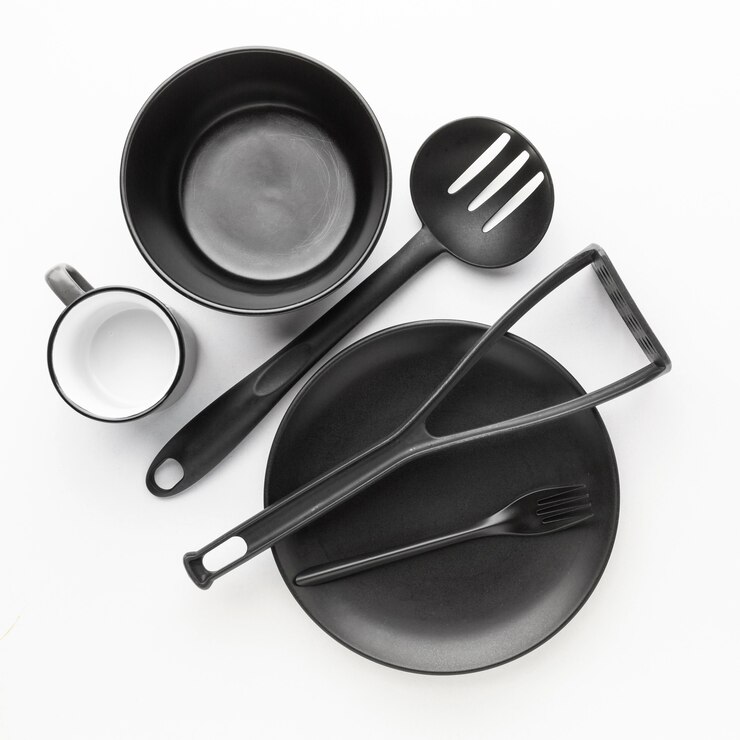
The name of the flu comes from the word: Teflon- the non-stick coating on many pans, made of polytetrafluoroethylene (PTFE). While generally safe, when heated above 500°F (260°C), the coating can deteriorate, releasing toxic fumes into the air. Inhaling these fumes can lead to flu-like symptoms, including fever, chills, headache, muscle aches, cough, and chest tightness.
According to a report by the Washington Post, the USA has witnessed thousands of citizens affected by "polymer fume fever." In 2023 the cases of this flu suddenly hiked. About 250 people contracted the Teflon flu and were hospitalized.
Symptoms of Teflon Flu:
Symptoms of the Teflon Flu typically show up within 12 to 24 hours of exposure and can include:
- Fever and chills
- Headache and dizziness
- Fatigue and malaise
- Nausea and vomiting
- Cough and chest tightness
- Muscle and joint aches
While these symptoms are temporary, it is important to seek medical attention if you experience severe or persistent symptoms.
What are the Precautionary Measures?
These measures may help you avoid Teflon Flu:
Avoid Overheating: Never overheat your non-stick cookware. Use medium heat settings and avoid leaving empty pans on the stove.
Proper Ventilation: Ensure good ventilation in your kitchen while cooking. Open windows or use a range hood to help dissipate fumes.
Avoid Damaging the Coating: Do not scratch or damage the non-stick coating. This can accelerate the release of harmful chemicals.
Consider Cookware Alternatives: Explore healthier cooking options like stainless steel, cast iron, or ceramic cookware. These materials are generally safer and more durable.
Regularly Inspect Cookware: Check your non-stick pans for signs of wear and tear. If the coating is damaged, it is time to replace the pan.
Always remember that prevention is better than cure. These simple guidelines can significantly reduce health hazards.
By understanding the potential risks and taking appropriate precautions, you can continue to enjoy cooking without compromising your health.


















